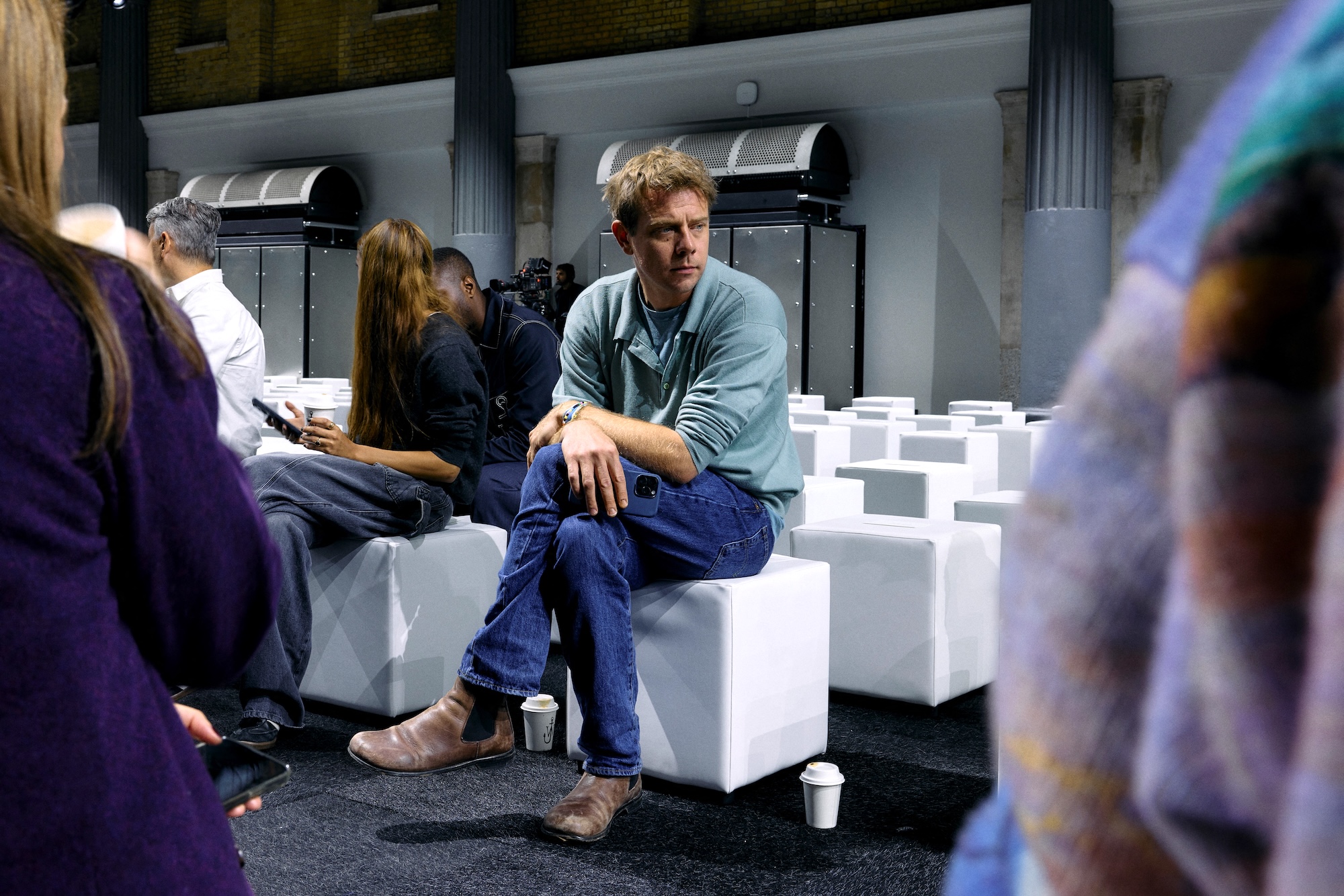JEFFREY Ching’s “A Chamber Requiem” recently had its world premiere performance at the Cultural Center of the Philippines.
The audience who came in droves marveled at the composer’s genius in transforming Wolfgang Amadaeus Mozart’s unfinished “Requiem” into a chamber work.
In completing Mozart’s work, Ching enriched it by expanding it to a work for eight performers with a brilliant ecumenical outlook. He brought Mozart’s horizon to the present and fused it with his own horizon.
Ching disclosed his “radical decision” to omit the chorus, the orchestra and instead introduce “new harmonic, timbral and contrapuntal details,” that resulted in a debonair chamber work.
The performance was divided into two parts. The first part was concluded with “Hostias-Quam Olim Abrahae (da capo).” This part was one of the work’s highlights, showing the composer’s erudition in coming up with a novel transformation out of the existing material. Here, Ching constructed an aria for the soprano, the only one in the entire work, and reprised (da capo) for the baritone, with an invented violin obligato.
The audience savored the velvety textured performance of the soloists, Andion Fernandez and Lars Grunwoldt, as they etched sensitively delicate vocal lines.
Equally appealing were the buoyant tones the violinist Theodore Flindell etched.
The other instrumentalists forming the Modern Art Ensemble played superbly. They were Yoriko Ikeya, piano; Matias de Oliveira, cello; Klaus Schopp, flute; Jean-claude Velin, viola; and Unolf Wantig, clarinet.
In the second half, the entire hall was transformed into a court, as the performers walked the aisles. Truly the setting had become Asian, where non-dualism is observed as opposed to the Western setting.
As in the first part, Ching had utilized the Gregorian chant. Truly, singing in the consonants in addition to the vowels was an enrichment that brought about a consciousness of the Eastern plainchant tradition.
Their fusion highlighted a kinship between the Eastern and the Western worlds in whose musical traditions the plainchant mightily exists. The chants practically served as mantra that emptied the mind for self-surrender to the Almighty.
Symbolisms pervaded the performance. When the antiphon was reached, a courtly funeral was hinted.
Some instrumentalists descended the stage, and again walked on the aisle. The soprano and the baritone remained on the stage intoning the antiphon.
In time for the repeat, the instrumentalists went back to the stage and made a horizontal line facing the piano. The soloists started to descend the stage, and walked through the exit, as the instrumentalists on the stage closed the lid of the piano. It symbolized the coffin which would be laid for eternal rest.
It brought an air of sadness that seized the soul. It brought to mind the passing away of Celia H. Fernandez, the mother to whom the piece was dedicated. She was Andion’s mother and the composer’s mother-in -law.
Ching prefaced the concert with brief remarks saying that the concert was held in dedication to the memory of a great person responsible for the musical education of Andion in Germany, where love blossomed between him and his wife.
A lawyer by profession, Celia H. Fernandez was a passionate lover of the musical arts.
In addition, the composer told the audience he was proud the world premiere of his work was held in Manila, the “land of his birth,” before the German premiere on April 17.
He expressed thanks to the CCP, the German Embassy and Makati Diamond Residences.













































